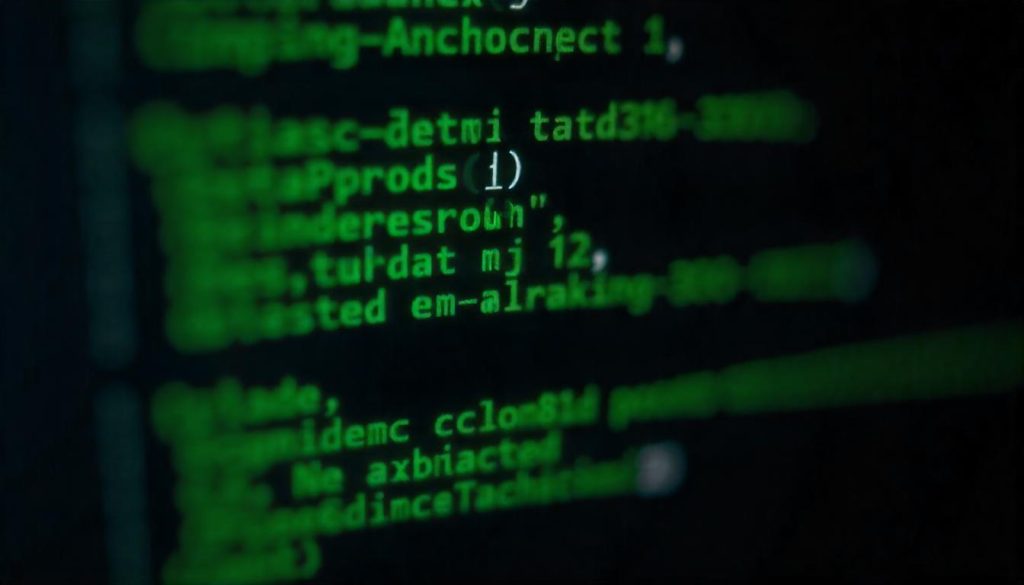In today’s digital world, data security isn’t just a buzzword—it’s a critical priority. One of the less commonly discussed but highly dangerous security threats is LDAP Injection. While SQL injection gets most of the spotlight, LDAP injection can be just as destructive. In this article, we’ll explore what LDAP injection is, how it works, see real-world examples, and learn how to prevent it—all in plain, simple language.

What is LDAP?
Before diving into LDAP injection, let’s first understand LDAP itself. LDAP stands for Lightweight Directory Access Protocol. Think of it as a phone book for computer systems. It helps systems look up user details like usernames, email addresses, and access permissions in a centralized directory, such as Microsoft Active Directory or OpenLDAP. Organizations use LDAP to manage user accounts, access rights, authentication, and much more. If an application talks to a directory service, it likely uses LDAP under the hood.
What is LDAP Injection?
LDAP Injection is a type of cyberattack where a hacker manipulates input fields (like login forms or search bars) to inject malicious LDAP commands. These commands can trick the application into giving unauthorized access, leaking sensitive information, or even modifying the directory contents. It’s similar in concept to SQL Injection, but instead of a database, the target is a directory service.
How Does LDAP Injection Work?
Let’s look at a simplified login example:
Imagine a user enters a username and password into a web login form. The backend code builds an LDAP query like this:
If the user enters:
-
Username: admin
-
Password: admin123
The query becomes:
But what if a malicious user enters:
-
Username: admin)(|(uid=*)
-
Password: anything
The resulting query turns into:
This tells the LDAP server to ignore the actual password and match any user ID. If successful, the attacker could bypass authentication entirely.
Real-World Example of LDAP Injection
Let’s say an employee portal allows users to search for coworkers by name or department. Behind the scenes, it builds an LDAP query based on the input:
Now, an attacker inputs:
The resulting query becomes:
This may return every user in the directory—an information leak that violates privacy and security policies.
In more extreme cases, LDAP Injection can allow attackers to:
-
Escalate privileges (become an admin)
-
Retrieve sensitive attributes like password hashes
-
Modify or delete entries in the directory
Why is LDAP Injection Dangerous?
LDAP Injection attacks are particularly dangerous because:
-
Directory services often control user access and authentication
-
They can compromise the entire organization’s internal network
-
LDAP servers store sensitive information like passwords, emails, and phone numbers
-
These attacks are hard to detect without proper logging and monitoring
Even worse, many legacy systems don’t sanitize inputs well, leaving them wide open for exploitation.
How to Prevent LDAP Injection
The good news? You can prevent LDAP injection attacks with a few smart and consistent coding practices. Here are some tried-and-tested strategies:
1. Input Validation
Always validate user input. If a field expects a name, it should not accept special characters like *, (, ), or &.
Use allow-lists (only allow known good characters) instead of block-lists (disallow bad characters).
For example, allow only alphanumeric characters for usernames.
2. Use Parameterized LDAP Queries
Just like SQL prepared statements protect against SQL injection, parameterized LDAP queries help prevent LDAP injection. Unfortunately, LDAP doesn’t support parameterization as neatly as SQL, but using safe libraries that build filters correctly can help. For instance, in Java, use the SearchControls class and escape user input properly.
3. Escape Special Characters
If you must include user input in an LDAP query string, always escape special characters using proper escaping functions. Common characters to escape include:
-
*(wildcard) -
(and)(grouping) -
\(escape) -
/(path separator) -
\x00(null character)
Most modern LDAP libraries offer built-in functions to escape strings correctly. For example, in Java, you can use StringEscapeUtils.escapeLDAPSearchFilter().
4. Limit Permissions
Apply the principle of least privilege. If an LDAP account is used only to perform searches, it should not have write or delete access to the directory. Even if an attacker manages to perform an injection, their damage will be limited.
5. Monitor and Log Queries
Implement logging for all LDAP access events. Look for unusual query patterns, especially those containing special characters or wildcards. Monitoring can help you detect and respond to LDAP injection attempts early.
6. Use Web Application Firewalls (WAF)
A good WAF can detect and block many common injection attempts automatically. Make sure your WAF is configured to monitor LDAP interactions and sanitize incoming requests.
Signs Your Application Might Be Vulnerable
If your application:
-
Builds LDAP queries by directly concatenating user input
-
Does not validate or sanitize input fields
-
Accepts special characters in authentication or search forms
-
Uses legacy code or outdated LDAP libraries
Then you should immediately audit your code and infrastructure for potential LDAP injection risks.
Conclusion
LDAP Injection may not be as widely known as SQL injection, but it’s just as dangerous—especially in enterprise environments where LDAP is deeply integrated into authentication and access control. The key takeaway is this: never trust user input. Always validate, sanitize, and escape data that goes into your LDAP queries. Use secure coding practices, keep your libraries up to date, and monitor your systems for unusual behavior. If you’re a developer, tester, or sysadmin, make LDAP security part of your checklist. A small effort today can prevent a major breach tomorrow.